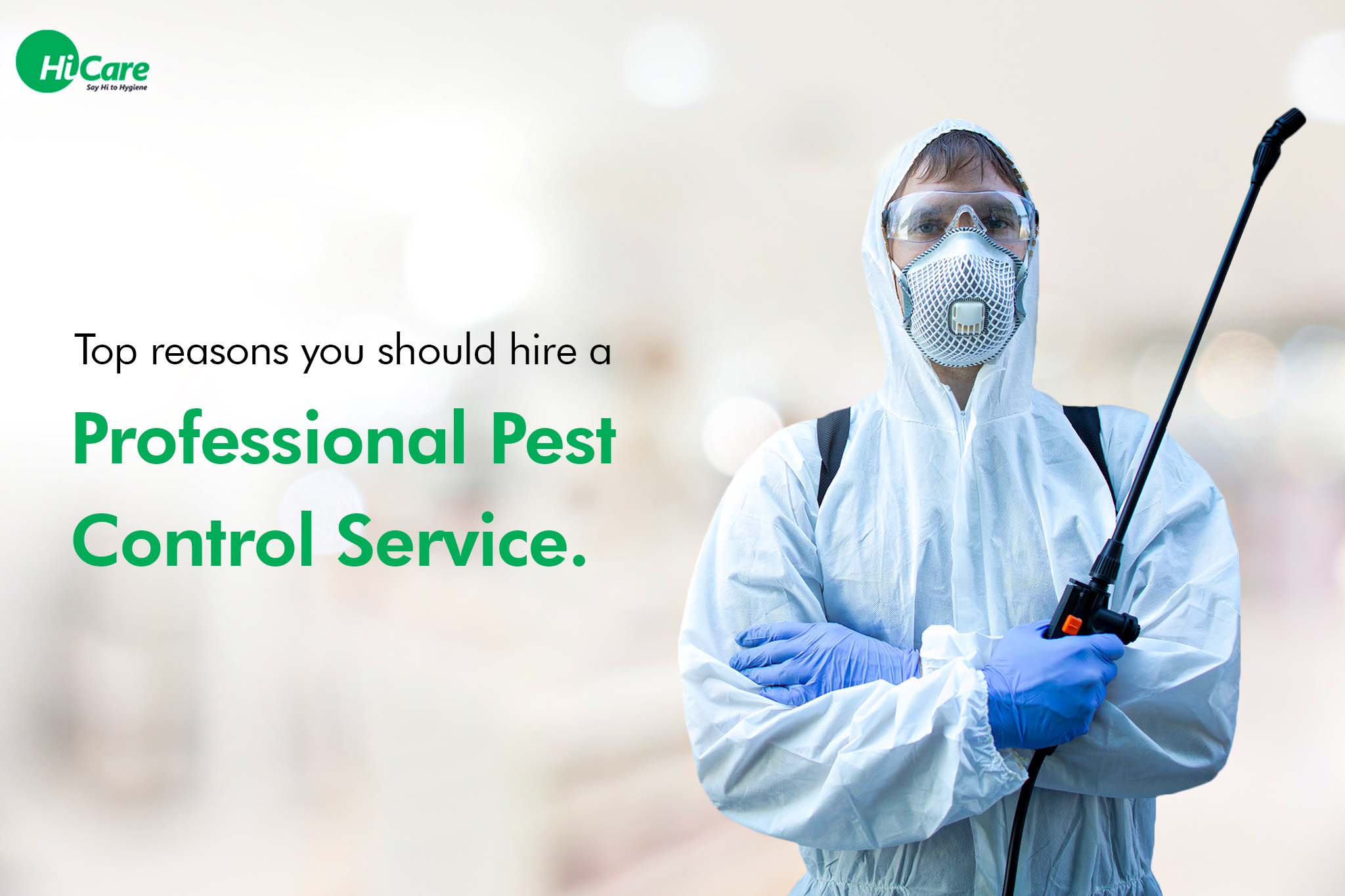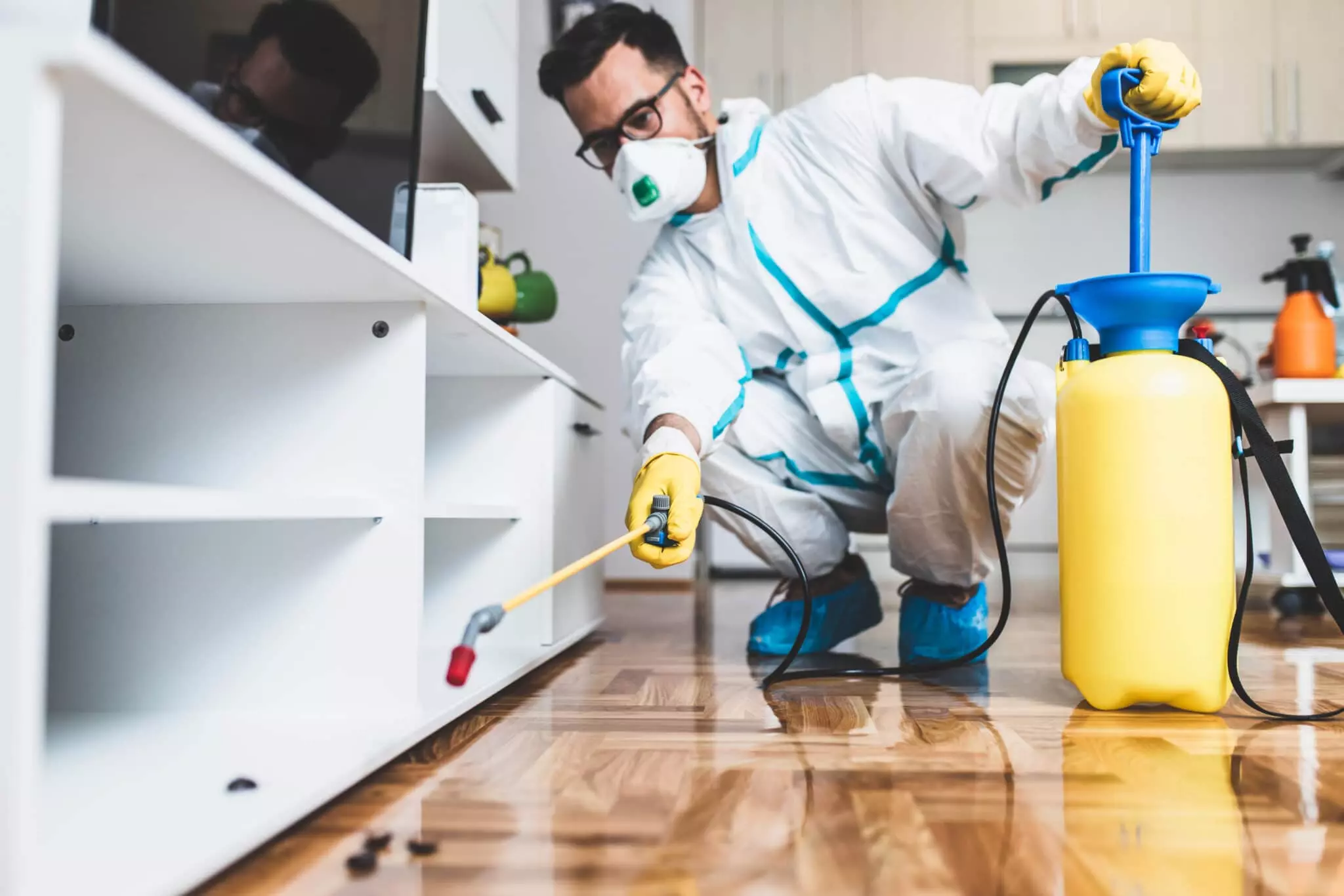Trustworthy A1 Bed Bug Exterminator Charlotte - Remove Bed Bugs Rapid
Trustworthy A1 Bed Bug Exterminator Charlotte - Remove Bed Bugs Rapid
Blog Article
Bed Insect Treatment Malfunction: Comparing Chemical Vs. Non-Chemical Solutions
In the world of parasite control, particularly when dealing with the consistent concern of bed bugs, the option in between chemical and non-chemical therapy solutions can be a crucial one. Both methods supply distinctive advantages and disadvantages, affecting variables such as efficiency, security factors to consider, and overall expense. By analyzing the nuanced details of each technique, a clearer understanding of which path to seek in resolving a bed pest problem can be obtained.
Performance of Chemical Treatments
Chemical treatments for bed insect invasions have been commonly recognized for their potent and fast efficacy in eradicating these insects. When thinking about the effectiveness of chemical treatments, it is crucial to recognize that they can offer a quick and detailed remedy to a bed insect trouble. Professional exterminators commonly count on insecticides to target bed insects at various stages of their life process, consisting of eggs, nymphs, and adults. These chemicals usually function by interrupting the bed pests' nerves, causing paralysis and eventual death.
Additionally, chemical treatments have the benefit of using residual impacts, indicating that they can remain to eliminate bed pests also after the preliminary application. This recurring activity is particularly advantageous in combating any potential re-infestations. In addition, the quick activity of chemical therapies can bring relief to individuals facing extreme bed insect invasions, allowing them to restore control of their home promptly.
Safety Problems With Chemical Solutions
One essential facet that requires mindful factor to consider when utilizing chemical services for bed insect treatment is making sure the security of passengers and the setting. Exposure to specific chemicals utilized in bed bug treatments can lead to respiratory system concerns, skin inflammation, or other negative responses, especially in people with pre-existing problems or level of sensitivities.
Additionally, the ecological impact of chemical remedies is one more considerable factor to consider. Some pesticides made use of in bed bug treatments may be hazardous to useful insects, wild animals, and ecological communities if they leach into the dirt or water systems. It is vital to utilize chemical therapies judiciously, adhering to safety guidelines, and taking into consideration less hazardous choices to alleviate these risks and make sure the safe and reliable management of bed insect infestations.
Advantages of Non-Chemical Approaches
Taking into consideration the potential security concerns and ecological effect associated with chemical remedies for bed bug therapy, discovering non-chemical techniques provides an encouraging alternative with several distinct advantages. Non-chemical methods offer a safer choice for families, particularly those with contractors termite animals, kids, or people conscious extreme chemicals. These methods eliminate the risks of direct exposure to poisonous materials, minimizing the possibility for damaging wellness results. Furthermore, non-chemical treatments are eco-friendly, as they do not contribute to air or water contamination, making them a lasting choice for parasite control.
Additionally, non-chemical remedies can be reliable in targeting bed bugs, consisting of hard-to-reach locations where chemical therapies might not penetrate - A1 bed bug exterminator charlotte. Methods such as warmth treatment, vacuuming, steam cleansing, and cushion coverings offer comprehensive removal without the use of hazardous chemicals.
Limitations of Non-Chemical Treatments

Additionally, non-chemical treatments typically call for multiple applications to attain effective removal. This can be taxing and might not always ensure full elimination of all bed insects and their eggs, specifically in hard-to-reach or concealed locations.
Additionally, the success of non-chemical therapies greatly counts on appropriate implementation and thoroughness, which can be testing for people without specialist knowledge. Insufficient application of non-chemical approaches might lead to insufficient elimination, resulting in consistent problems and the demand for additional treatments.
Therefore, while non-chemical treatments have their benefits, it is vital to recognize these limitations and consider them when establishing the most reliable approach for managing bed insect infestations.
Price Comparison: Chemical Vs. Non-Chemical Options
Provided the limitations linked with non-chemical treatments, a necessary aspect to examine in the context of bed bug monitoring is the cost contrast between chemical and non-chemical options. In comparison, click to read non-chemical therapies like heat treatment or steam can be more costly, with prices varying from $1,000 to $6,000 for a visit our website whole home. While the initial expense of chemical treatments might seem reduced, multiple therapies may be required to completely eradicate the problem, potentially boosting the total cost.
Conclusion

Thinking about the prospective security issues and environmental effect associated with chemical remedies for bed insect therapy, discovering non-chemical strategies offers an encouraging choice with numerous distinct advantages.Provided the limitations linked with non-chemical treatments, a vital facet to assess in the context of bed pest monitoring is the price comparison between chemical and non-chemical choices. In comparison, non-chemical treatments like heat treatment or vapor can be a lot more pricey, with expenses ranging from $1,000 to $6,000 for a whole home. While the first price of chemical therapies might seem lower, several therapies might be called for to fully remove the infestation, potentially raising the general cost.In verdict, when contrasting chemical and non-chemical bed pest treatment choices, it is necessary to think about efficiency, safety, benefits, constraints, and cost.
Report this page